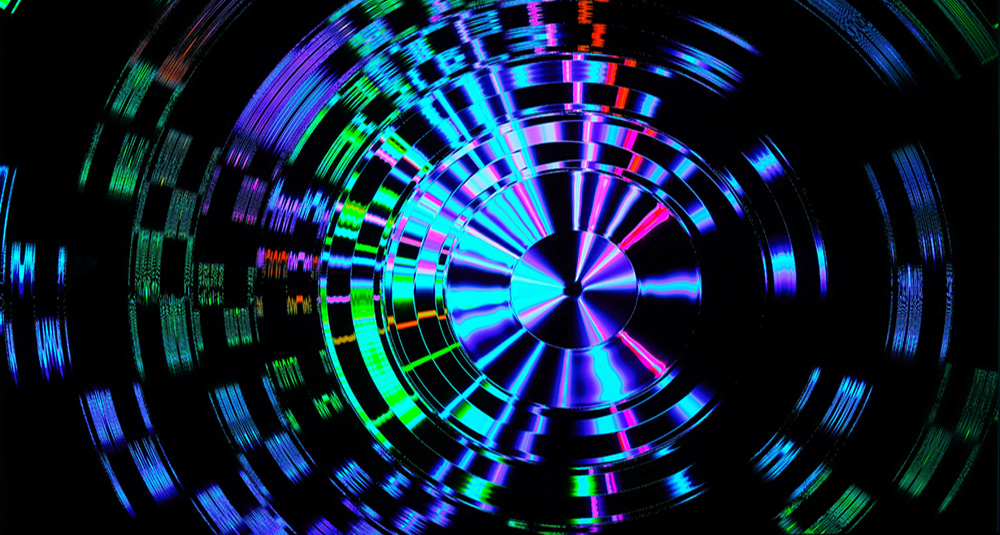Universal Dynamics and Quantum Mechanics
A Beginner's Guide
Introduction
The universe is a vast, intricate dance of forces, energies, and movements, an endless playground where everything from the largest galaxies to the tiniest particles follows patterns and rules. Universal Dynamics is the study of these overarching principles, the invisible threads that weave together the cosmos, shaping the way celestial bodies interact, how stars form, and how the very fabric of space and time bends and shifts under the weight of gravity. It is the great cosmic symphony, where every note, every vibration, plays a role in the grand composition of existence.
At the heart of Universal Dynamics is the understanding that all motion, all interaction, follows certain fundamental laws. Gravity, the force that keeps the planets in orbit and our feet planted on the Earth, is one of these. Electromagnetism, the energy that powers our technology and dictates how atoms bond to form molecules, is another. The strong and weak nuclear forces, those mysterious yet essential bindings that hold the cores of atoms together, ensure that matter itself remains stable. These forces govern the universe at its grandest scales, determining the structure of galaxies, the movement of solar systems, and the spiraling paths of stars caught in the pull of massive black holes. Everything we see in the night sky, every distant world, every glowing nebula, follows these principles, moving in accordance with rules that have existed since the dawn of time.
Yet beneath the grand mechanics of Universal Dynamics, at scales so small they defy normal comprehension, another realm exists. Quantum Mechanics, the study of the smallest building blocks of reality, does not follow the same orderly patterns that govern planets and stars. Instead, it introduces a world of uncertainty, where particles do not simply exist in one place at a time but can be in multiple states simultaneously. Electrons, those tiny components of atoms, do not orbit like planets around a sun but exist in clouds of probability, flickering between locations in a way that defies classical understanding. The famous paradox of Schrödinger's cat, a thought experiment where a cat can be both alive and dead until observed, hints at the deep mystery within quantum reality. The act of observation itself collapses possibilities into a single reality, suggesting that consciousness and the universe are intertwined in ways that remain largely unexplored.
One of the strangest and most thrilling aspects of quantum mechanics is the concept of entanglement. When two particles become entangled, their states become linked, no matter how far apart they are. A change in one instantly affects the other, even across vast distances, as though some invisible connection exists beyond the limits of space and time. Einstein himself was troubled by this, calling it "spooky action at a distance," yet experiments have confirmed again and again that this quantum entanglement is real. It suggests a deeper layer of reality, one where information can travel faster than light, where the universe itself may be interconnected in ways that our current understanding barely touches.
The challenge for modern physics lies in uniting these two great rulebooks of reality. Universal Dynamics, with its clear and structured principles, explains the vastness of space, the predictable movements of planets, and the forces that shape the cosmos. Quantum Mechanics, strange and unpredictable, reveals a universe where probability reigns and where the tiniest elements behave as if they are governed by an entirely different set of laws. The bridge between these two, the key to understanding how the universe operates on every scale, remains one of the greatest unsolved mysteries of science.
Some theorists believe that the answer lies in the fabric of spacetime itself, that somewhere within the folds of quantum mechanics and gravity, a hidden unity exists. The study of black holes, regions of space where gravity becomes so intense that even light cannot escape, may provide clues. At the very core of a black hole, where all known physics breaks down, quantum effects and gravitational forces collide, creating a singularity, a point of infinite density. If we could unravel the physics of these extreme environments, we might finally discover the missing link between the cosmic and the quantum.
Our universe is not a collection of separate, isolated parts but a single, interconnected whole. Every atom in our bodies, every flicker of energy, every movement we make is part of this vast, unfolding tapestry. Whether through the precise, predictable laws of motion that guide the stars or the wild, uncertain behavior of particles that shimmer in and out of existence, everything is connected. Perhaps, as we continue to explore, to probe deeper into the mysteries of Universal Dynamics and Quantum Mechanics, we will come to see that these two realms are not separate at all but reflections of the same fundamental truth. In the end, understanding the universe is not just about grasping the laws that govern it; it is about recognizing our place within it, as both observers and participants in the great cosmic dance.


